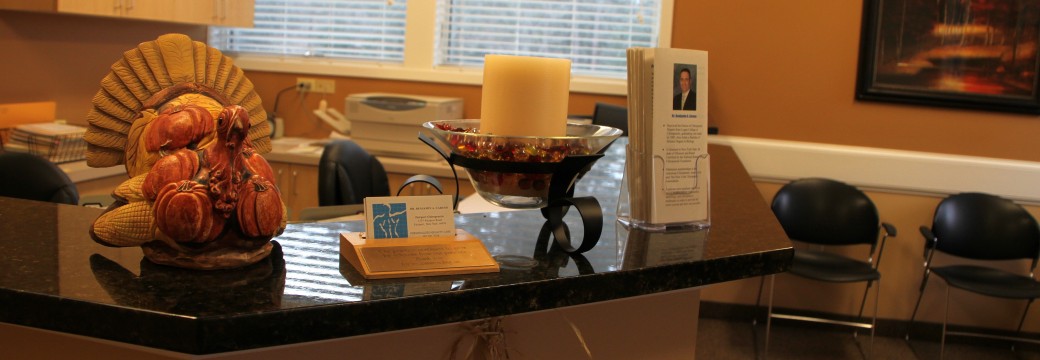Joints are designed to withstand the loads placed on them and provide a full range of motion. Each joint is made up of at least two surfaces that touch each other and allow for movement. These include ball-and-socket joints such as the hip; hinge joints such as the knee and elbow; and gliding joints, such as those in the spine.
The bones that make up the joint allow movement, but it is the muscles that pull the bones that produce the move- ment. Muscles are attached to bones by structures called tendons. Tendons must be both strong to facilitate move- ment and compliant to prevent damage to the muscle tis- sues. Ligaments, which are stiff structures that connect bones, help to prevent excessive movement.
Muscles, tendons, and ligaments are attached around each joint at very specific positions, with joint surfaces shaped in exact dimensions. Fluid within most of the joints lubricates the joint surfaces to reduce friction and allow for lifelong use.
Fairport Chiropractic
Dr. Benjamin A. Caruso

